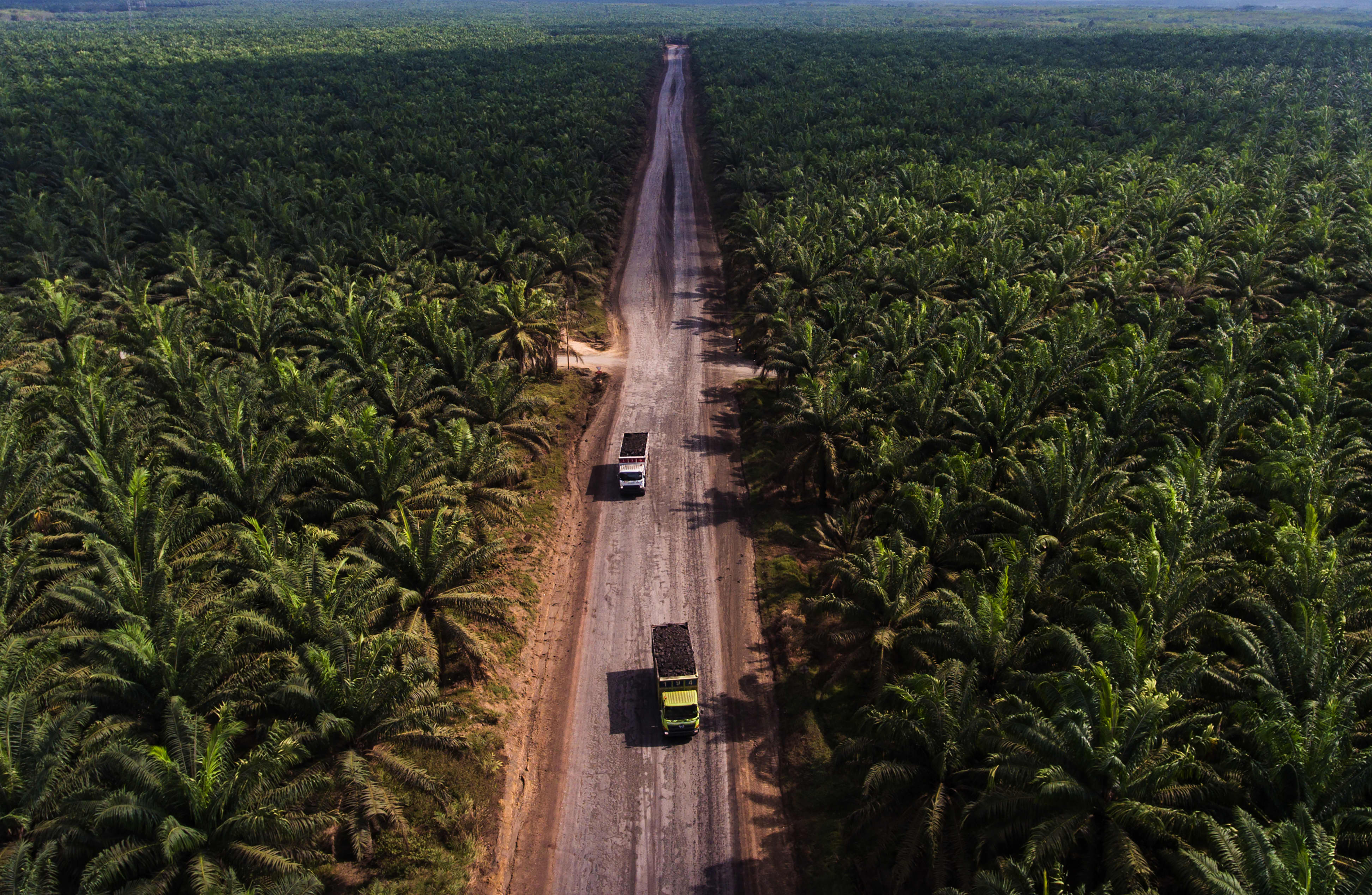Unilever is using geolocation data and satellite imagery to check for deforestation in its supply chain

LONDON — Unilever is using a combination of advanced satellite imagery and geolocation data to help it understand exactly where some of its raw materials come from for its products, which range from Ben & Jerry’s ice cream to Axe deodorant.
It has historically been hard for the firm and other multinationals to trace the exact origins of those ingredients down to the individual farm or field, according to Marc Engel, the company’s chief supply chain officer.
“When you traditionally look at these supply chains, they’re very long and they’re very un-transparent … You are at the end of it, when you consume your cup of tea or you wash your hair with Dove or you eat a Ben & Jerry’s, you’re at the end of that chain. And then at the beginning of the chain is usually a farmer, or a company that uses the land. And then there’s a whole host of parties in between,” Engel told CNBC by phone.
Palm oil, an ingredient in grocery products from biscuits to shampoo, has become a hot topic, because of the risk of deforestation where trees are cleared to make way for more lucrative oil palm plantations. Unilever has stated that it will “achieve a deforestation-free supply chain by 2023.”
In 2018, Unilever published details of its palm oil suppliers, refineries and mills, and, like other manufacturers, had relied on verification by third parties to certify sustainable sourcing for it and other commodities like cocoa to confirm where crops are grown. “But, as a company, I still don’t know where it exactly came from,” Engel told CNBC.
Unilever’s Dove bath foam in a Beijing supermarket.
Zhang Peng | LightRocket | Getty Images
It’s relatively straightforward to see via satellite imagery where deforestation has occurred, but harder to identify whether Unilever’s suppliers have sourced crops from those areas, which may be made up of several smallholdings. Unilever has now turned to tech to get a more accurate picture.
It is working with software company Orbital Insight to help it see a crop’s journey from the field to a processing plant, known as the “first mile” of the supply chain, in a pilot that uses anonymized geolocation data from mobile phone signals to monitor where raw materials are grown and transported to.
“We were able to use the (anonymized) cell phone data to actually track the (farm) trucks from parking lot to parking lot and count the number of trucks going to each parking lot and give (Unilever) a map … of what their supply chain actually looked like, all the way back to the (oil palm) concessions,” explained James Crawford, CEO and founder of Orbital Insight, in a phone call with CNBC.
That data is then combined with high-resolution satellite imagery and if those pictures suggest the land has been deforested to make way for oil palm plantations, Unilever can then alert its suppliers not to source from those farms. Orbital Insight has trained algorithms to understand the difference between deforestation and areas where trees may be cut down as part of a managed forest.
The technology is currently being used to monitor soya bean plantations in Brazil and palm oil production in Sumatra and is at an early stage, Engel stated, and he emphasized that the company does not want to become the “commodity police.”
Unilever wants other companies to take part given that the cost of monitoring thousands of supply chains via advanced satellite images around the world would be prohibitive. “If, let’s say, the top 10 or 15 fast-moving consumer goods companies with similar (supply) chains would join (us), we can all use the same photographic material, we can all use the same phone signals, but for different parts of our supply chain, then the cost becomes much more bearable … We want it to be a collaborative tool,” Engel stated.
Communicating the origins of a product to consumers is something brands are also keen on, according to Jessi Baker, CEO and founder of Provenance, a tech platform that gathers supply chain data into one place, including information on fair pay, carbon footprint or animal welfare, which can then be shared with consumers and employees.
Food company Napolina has worked with tech platform Provenance to provide consumers with information on products’ origins.
Napolina | Provenance
It has just launched a project with Princes Group, a food manufacturer that makes Italian brand Napolina, which has a “transparency initiative” across the company that covers sourcing and supply chains. As part of this, Napolina wanted to communicate information and reassure shoppers about its canned tomatoes, especially in light of investigations into exploitation of migrant agriculture workers in Italy. It has worked with Provenance to provide QR codes on cans linking to sourcing details and the product’s journey from farming co-operative to grocery store.
When using Provenance, businesses must provide proof of each claim, and the complex process of uncovering information sometimes reveals issues, according to Baker. “Because our framework requires proof to back up what’s being shared with customers, this is often where brands realise that there isn’t enough — or it doesn’t meet the standard,” she said. “But through (the) process, our clients are better educated around the things to think about in their supply chain,” she added.




